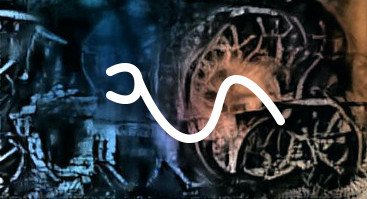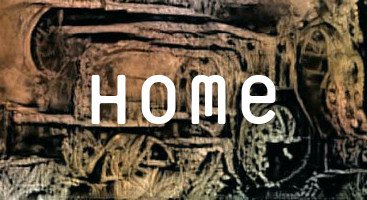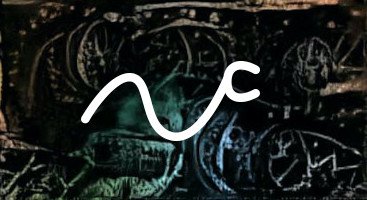Pump on Your Own Terms
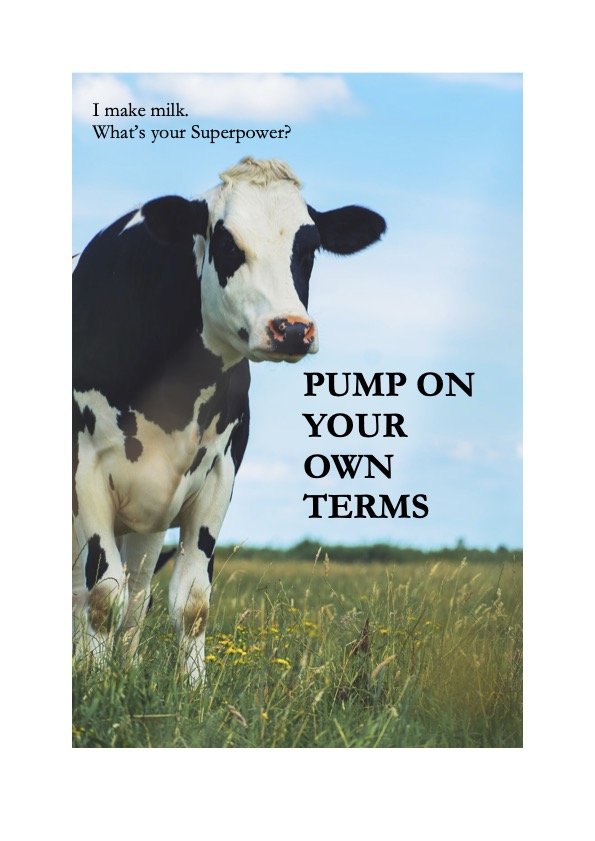

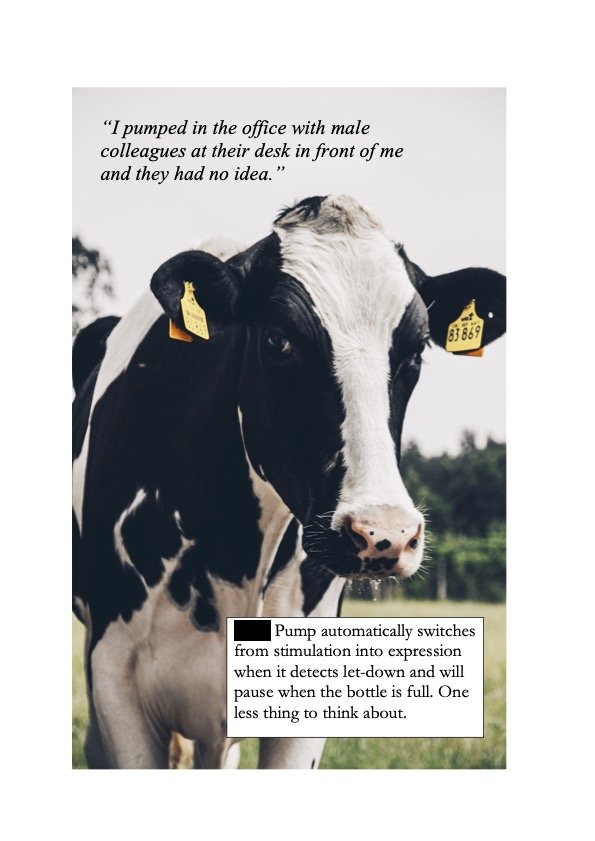
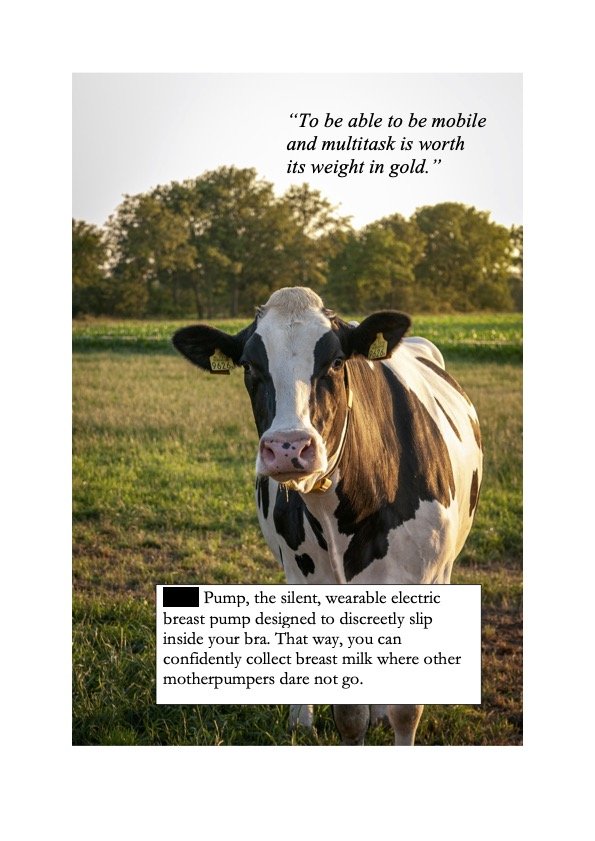
Fukushima Tourists
A voice echoes through the horn-shaped speakers: This is a public announcement. The time allowed for entry is 6am to 7pm. Across the playground, over blue and rusting swings – childless for a decade – the recording continues: Please be careful not to run into wild boars while working in this area. We have arrived in Fukushima. Yukiko is here to greet us. [click]
Mina-san, Ohayo Gozaimasu and welcome to Fukushima. My name is Yukiko Watanabe, and I will be your tour guide today. She hands us Geiger counters, umbrellas, and white surgical masks. On March 11, 2011, at 2.46pm an earthquake of magnitude 9.1 shook the east coast of Japan. It triggered one of the worst nuclear disasters the world has ever seen. [click]
We drive through fields of black bags, past men in hard hats scooping up contaminated topsoil with large yellow diggers. Please remember to keep your windows closed. Through the glass I see abandoned shops, deserted streets, rusting bikes, silent vending machines. Ten years ago, the population of this town was 21,000. Once the decontamination is complete, residents will be able to return. [click]
65-year-old Masahiro Goto patrols the deserted streets. A member of the Jijii Butai -The Old Man Squad, he comes here twice a week to escape the confines of the cramped apartment provided free for evacuees. Over a cup of local green tea and sweet ripe persimmon, he tells us: My son lost his job at the power plant. Pumpkin Kit-Kats and cans of Cola are offered as an alternative. [click]
Our next stop is the cattle farm of Hisao Tokunaga. I am protector… fallout survivor … Kamikaze … rule breaker… Cow Emperor. Against the orders of the government, he keeps his contaminated cows alive and shows us graphic pictures of the ones that didn’t make it. Tied to metal posts they rotted into carcass. The rest of the country has forgotten Fukushima. We govern ourselves with broken rules. [click]
Former resident Koichi Yasuda returns daily to the house that his great-grandparents built, to continue with the restoration. He presents each tourist with a large white daikon radish and bows deeply when we accept them. This is the land of my ancestors… the house my great-grandparents built. Only one of us tries the home-made radish pickles that his wife Junko places in front of us. [click]
Our final stop is the home of Noriko Arakawa, and as part of the tour we take an hour to help her clear away the debris. She recalls the day of the disaster and fearing for the life of her 92-year-old mother-in-law. All I could do was hold on to Grandma. The fear I had in those two minutes was beyond anything I’ve ever known. I was screaming Help! Let it stop! Noriko laughs. Grandma told me to be quiet. [click]
We hand back our Geiger counters and wait for the train to take us back to Tokyo. Yukiko hands out Trip Advisor cards and asks if we have any questions. Will you return here when the decontamination is complete? Do you trust the government information? Do you eat the local produce? But it’s been a long day, and this is our vacation. I give the tour a 5-star rating. A kit-kat lies melting in my pocket.
Notes:
The characters in Fukushima Tourists are based on interviews with survivors of the 311 earthquake, tsunami and nuclear disaster, which can be found on YouTube:
Fukushima Coming Home to a Nuclear Wasteland
Dark Tourism in Fukushima: Entering the Nuclear Disaster Zone


